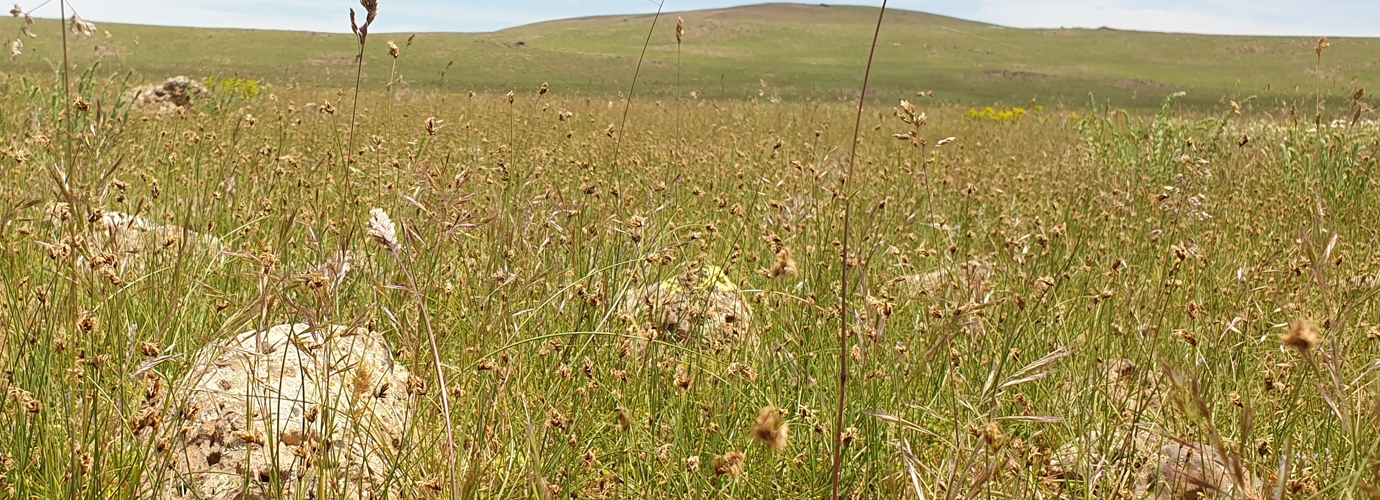As part of a large project linked to biodiversity and sustainable land management, the Ifrane Model Forest has started negotiations with the Sylvo-Pastoral Associations (SPA) for the rehabilitation of the Agdal system by sowing perennial herbaceous species in the lineages of Ait Mhamed, Ait Hcine and Ait Yahya in the Middle Atlas of Morocco.
The Agdal pastoral system is a traditional land management practice that regulates access to commun land and pastoral resources, mainly by setting opening and closing dates, as well as other regulations and complexities related to access rights. The main purpose of Agdals is to act as forage reserves in critical times of need, while allowing the regeneration of natural resources and thus promoting biodiversity.
To develop the project, consultation meetings and field trips were therefore carried out to validate different locations of the pastoral Agdal and the proposed sowing areas. Following the inspections, two areas of 783ha and 1900ha respectively were identified.
A quantity of about 300 kg of seeds of local pastoral plants with high nutritional qualities for livestock were therefore collected, in particular perennial herbaceous species (Dactylis Glomerata, Bromus Molle, Phleum Phleoides etc.); the seeds were then stored and packaged in the premises of the Ifrane Model Forest, to be subsequently sown in experimental plots at the level of the Agdal of the three selected associations.
The 300 kg of seeds collected were then distributed equally among the three AGSs and the sowing operation took place last spring under the supervision of the Ifrane Model Forest team and the members of each SPA. For each operation, the seeds were mixed with the soil on site and then dispersed.
Following sowing, three plots of land 1mx1m were delimited and geolocated, which will allow monitoring of the evolution and germination of seeds and will allow to verify the impact of the Agdal method on vegetation and biodiversity.


